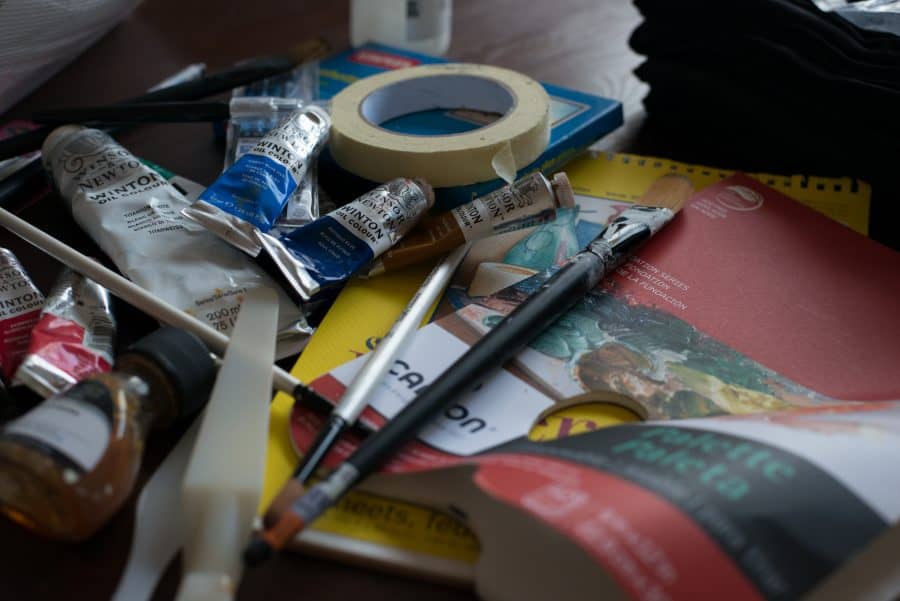Going to college is expensive. Despite the fact that having a degree lends itself to more job opportunities and larger salaries than those without one, the path to getting there is often fraught with fees that many might not be able to shoulder. Nevertheless, not all debt is equal, therefore it helps to know the ‘true’ costs of a degree before committing four or more years to a subject that may or may not pay off in the end. Certain majors demand more costs than others. Here’s a look at the expected costs of common degrees:
Visual and Studio Arts
You may have heard someone say that art majors don’t make any money, which isn’t necessarily true given that an art degree can lead to such professions as teacher, painter or gallery worker, but the myth nevertheless persists. What is true, however, is that being an art major comes with some pretty steep costs.
For example, if you have an interest in traditional forms such as drawing and painting, expect to pay somewhere between $10 to $20 for a good pencil kit, while oil and acrylic paints vary from $20 to $40, depending on the range of colors that you’ll need for your class. Smaller, inexpensive material, such as gum, rubber, kneaded, and vinyl erasers, usually don’t cost more than a few dollars. Supplies vary from class to class, given that some of the items you’ll use might be basic stuff that you might already own, such as pencils, leftover pastels, erasers and a lot of those supplies crossover into other art classes. So visual arts degrees might not always have the steep price tag that other hands-on intensive majors might.
English Majors
English majors fret not, as your costs might not actually be as substantial as you think. For earlier introductory English courses, such as composition, textbooks can range from $40 to $80 and sometimes the course will require a special anthology of the literature you read, complete with footnotes and annotations you won’t be able to get anywhere else, which also can get within a range of $30 to $60. However, if your English degree focus is on literature, a good bulk of the books you’ll be reading will be in public domain, which means that they’re available online, free of charge. For any novels that you will have to purchase, those texts are usually sold at low prices, from $5 to $20, as they are more often than not still in public domain.
Mathematics and sciences
You’d think that being a math major means being efficient at numbers, but the budget for these classes can ring up into the hundreds. A graphing calculator, such as a Ti-89, can cost somewhere between $100 and $200. The average cost for a math textbook can set you back $150 to $300 and clickers for those all-important in-class questions can cost up to $80. For the sciences, it’s even more pricey. For a chemistry major, not only are all the costs of a mathematics major present (calculator, textbooks, clickers), but chemistry lab supplies, such as goggles, aprons, beakers, thermometers, glassware, lab manuals, etc., can price up into the hundreds.
What major you declare is ultimately decided on by your own internal passions and goals, but given the growing student loan debt that looms over many, thinking about costs isn’t a bad idea and sometimes the cheaper degree might be your only option. Assessing the costs-to-benefits of your chosen career is not only financially smart, but also a smart and mature decision in your academic path.









